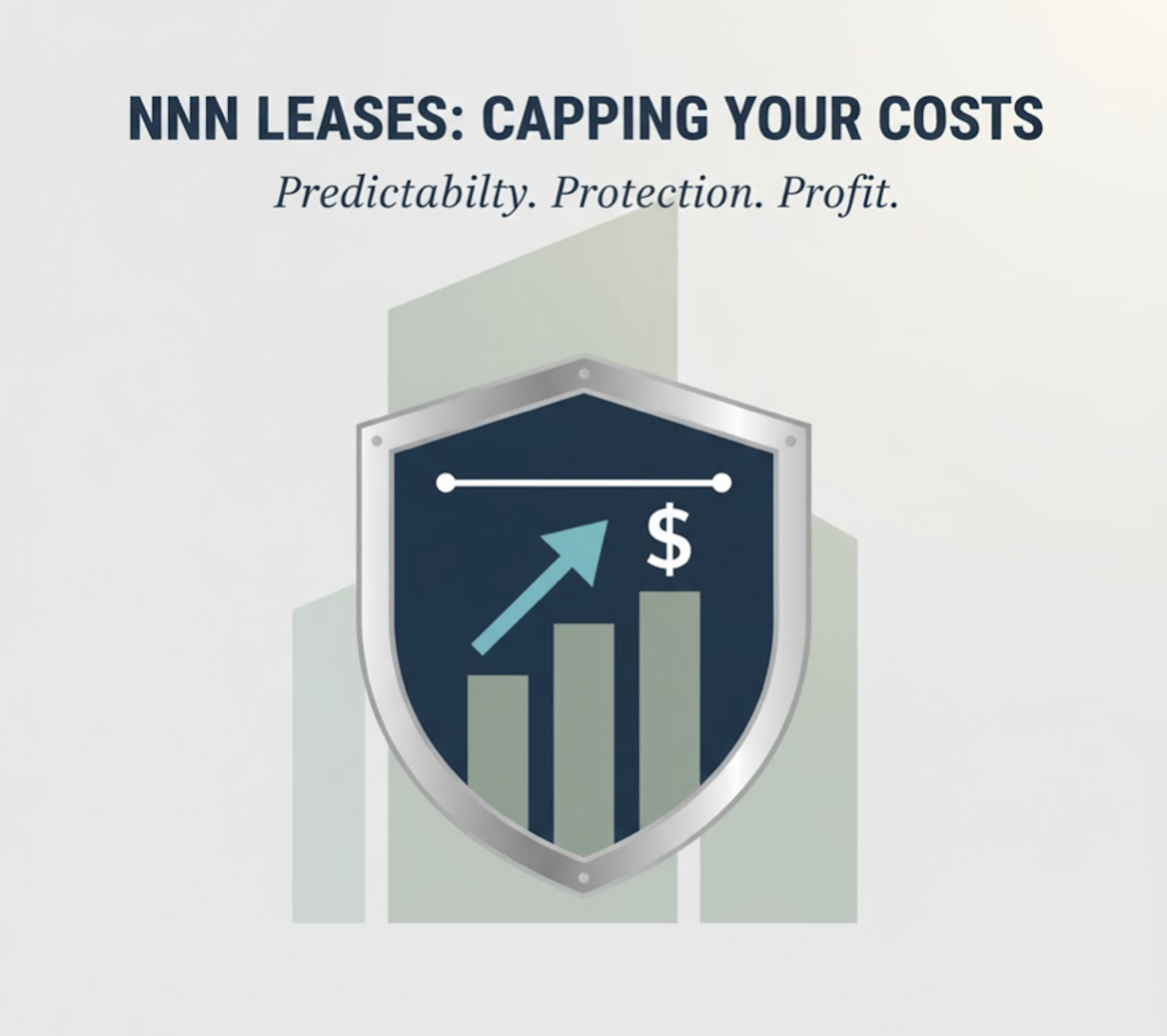

NNN Leases Explained: The Straight Talk on Managing Your Costs for Orlando Warehouse Space
If you’re a disciplined business owner looking for stability in your commercial real estate, you need a lease that’s clear and predictable. Nothing rattles a solid business plan like unexpected costs. That’s why most industrial property leasing in Orlando involves what’s called a Triple Net (NNN) Lease.
The NNN structure isn't complicated jargon; it's a straightforward division of responsibility that protects the landlord and gives you more control over your operating expenses. It's built on three key financial responsibilities, or the "3 Ns," that the tenant pays in addition to the base rent.
Here are the basics on what the NNN lease means for your Central Florida warehouse leasing plan.
A Triple Net Lease shifts the costs of operating the property from the owner (landlord) directly to the tenant. These are the three core expenses you, the tenant, cover:
This 'N' covers all the various taxes levied on the physical property.
What's Included? These can cover Ad Valorem taxes, Special Assessments, and taxes for county/municipal, school district, and fire/emergency services.
This insurance protects the physical building structure itself, typically covering damage based on the replacement cost or cash value of the structure. Your business is covered by your own general liability and content insurance; this 'N' protects the owner's asset that you are using.
This expense covers the shared costs that keep the Industrial property leasing Orlando running smoothly. If you were a sole proprietor, you’d pay for these entirely yourself, but in an industrial park, the cost is shared.
What's Included? Costs for keeping things professional and functional: landscaping, parking lot upkeep, trash service, pest control, utility costs, and repair of lighting in common areas.
You only pay your proportional (Pro Rata) share of these expenses, which is determined by the size of your space compared to the size of the entire building.
The calculation works like this:
Tenant's Share = [Tenant's SF / Building SF ] X Total Expenses
Your payments are estimated at the beginning of the year, due in monthly increments, and adjusted at year-end.
Overpaid? You get a credit back.
Underpaid? You get a bill for the difference.
This is standard practice, but it's crucial to budget for this year-end reconciliation to avoid an unexpected payment.
As a risk-averse owner, your biggest concern with NNN is that the landlord could make inefficient spending decisions that inflate your costs. This is where having a professional guide you in your commercial lease negotiation is critical.
Having a CAM Cap, or a cap on controllable Common Area Maintenance expenses, is one of the most important clauses for a tenant seeking to manage long-term occupancy costs.
Landlord operating expenses, which are passed on to the tenant via CAM, typically consist of dozens of line items such as the ones listed above. These costs are categorized as either controllable or non-controllable.
Controllable Expenses: These are costs the landlord can influence (e.g., administrative fees, cleaning contracts, and routine maintenance). These are the expenses the CAM Cap targets.
Non-Controllable Expenses: These are costs the landlord cannot reasonably control (e.g., property taxes, property insurance, and utilities). These are typically excluded from the annual cap.
A smart CAM Cap directly addresses the risk of unexpected fee inflation by ensuring that the tenant's share of controllable expenses will not increase by more than a set amount (often 3% to 5%) year-over-year.
Cost Predictability: The cap turns a variable liability into a predictable maximum, allowing tenants to accurately forecast their future operating budget.
Security for the Budget: It incentivizes the landlord to manage costs efficiently. If controllable expenses rise by 8%, but the cap is set at 5%, the landlord absorbs the extra 3%. This is the protection that secures the tenant's budget and aligns perfectly with the principle of predictable investment returns.
When you're searching for Orlando warehouse space for lease, make sure you have a seasoned Commercial real estate broker Orlando by your side to negotiate these protective clauses. It's the difference between a secure lease and a financial gamble.
Ready to secure your next industrial lease with guaranteed clarity on costs?